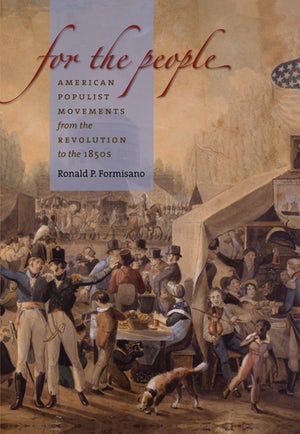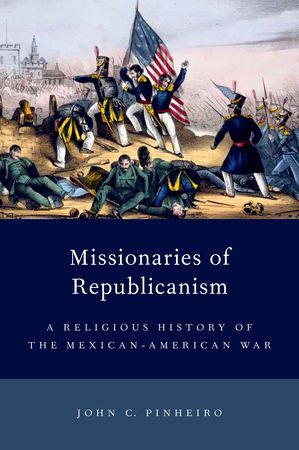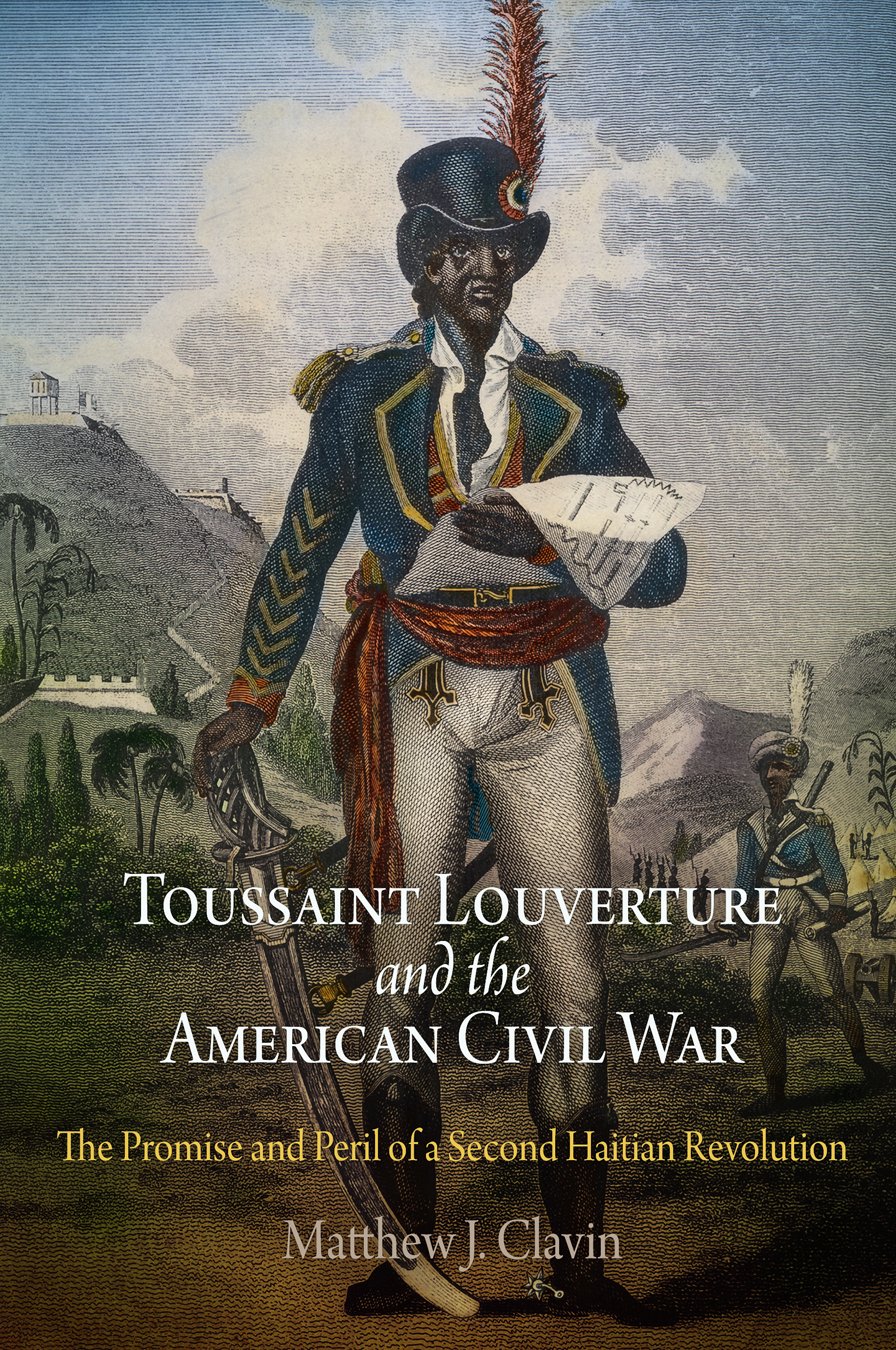If you have even a passing interest in seeing what the history of the book looks like when it achieves intellectual maturity, then The Pilgrim and the Bee is certainly worth your time. If (like many of us) you wonder about how to forge productive links between close reading and the enterprise of social history, Brown’s carefully crafted examples will illustrate how to make a book clasp and an end-rhyme resonate with equal force. This important study has implications for a wide range of readers. So first the pilgrim, and then on to the bee.
The pilgrim of Brown’s title is the reader we think we know from history and the reader we think we are. Undertaking reading as one would undertake a pilgrimage, this reader advances line-by-line, word-by-word across any stretch of text. This reader cannot (and does not) abide distraction or delay; divergences from the straight and narrow path amount to intellectual and moral cul-de-sacs, sloughs of despond serving no ultimate purpose and disconnected from the true task at hand. He’s the reader whom studies of “the word” in early New England typically connect to the onset of “redeemed subjectivity.” His progress as a reader leads to the progress of his self. It is as though the nineteenth-century realist novel reader—the reader of a genre organized around the linear unfolding of time—were transported back to the seventeenth century. This reading subject accrues his sense of place and of self through sustained attention to the (assumed) protocols of reading in Western culture: left to right, top to bottom, beginning to end.
Yet Brown’s close and sensitive attention to the materiality of early New England’s steady sellers—commonplace books, sermon notes, elegies, and other devices of devotional literacy—discloses a constant companion to this first reading subject, one whose practice of reading has been largely ignored: the “alvearial” reader or bee. As Brown describes it, the “reading program” he unearths “is defined through two central tropes: on one hand, the pilgrimage, wherein readers treat texts as continuous narratives and follow a redemptive journey, a progressive telos or ‘growth in grace’; and, on the other, the alvearial, wherein readers, like bees, extract and deposit information discontinuously, treating texts as spatial objects, as flowers or hives which keep readers active but anchored” (xii). The devotional culture of early New England did not predict or facilitate a straight line from sin to salvation. Likewise, early New Englanders were incited to achieve a form of sacred subjectivity that moved fitfully forward and back, side to side, and occasionally hovered…like a bee. In Brown’s account, the accent falls on book culture as opposed to the theological (although he does not neglect the relevant theology). He reminds us that the culture of the codex associated with the steady sellers of this period—Christian conduct manuals—was distinctly unnovelistic and nonlinear. Not only did these conduct manuals mimic the various sermonic forms already familiar to us from this period, which were themselves decidedly nonlinear, the indexical features of the codex encouraged episodic and selective engagement of the text contained therein. The pilgrim and the bee, it turns out, are one and the same. An ingenious figure who oversees the enterprise of Brown’s “reader-based” reassessment of early New England’s literature, Brown’s reader is both more and different than we could have imagined (4). As Brown writes, “the bee metaphor has a particular power for devout settlers. It integrates the other common tropes for reading in early New England: the bee suggests the directional motion of the pilgrim, while it evokes the hovering stasis of the ruminator” (10).
If the pilgrim-bee conjunction is one of the prevailing threads knitting this rich study together, it has other notable features as well. First, Brown reminds us just how deeply it matters what kind of text—what genres, what printed formats—we designate as a period’s primary literary archive. He also helps us to rethink what constituted the “literature” of early New England and to identify how this revised sense of the early American “archive” should change our view of this period. He explains, “Book trades and probate research has recovered, along with catechisms, primers, and schoolbooks, a set of devotional works…—manuals of piety, guides to conversion, psalmbooks, and sermons—that, with scripture and almanacs, were the popular literature of early New England.” These devotional works, Brown argues, “reorient our sense of literary culture in the period away from colonial-born ministers, private diarists, or unpublished poets” (7).
In addition to stressing this relative popularity and influence of the steady sellers, The Pilgrim and the Bee also emphasizes that whatever materials dominated daily life, their mode of usage also deserves attention. Early New England writing, like literary culture more generally, is, according to Brown, best understood in terms of the dynamic “communications circuit” that the history of the book encourages us to recognize. Reader-based literary history yields a more nuanced sense of not only this but of any period’s literature; and the history of the book, when practiced as what Brown calls “interpretative bibliography” (15), has the potential to refigure in important ways the practice of humanities scholarship and teaching. Here, Brown’s attention to that communications circuit reveals the broad extent to which early New England’s steady sellers were part of a performative “theater of literacy” (5) in which print culture—a term that Brown rightly questions for its abstracting tendencies (14)—functioned variously as a totemic object, as a resource for oral reading, as a funereal gift, and as part of the transaction of ritual fasting. Given these varied functions, it should not surprise us that the famous “heart piety” of early New England “worked alongside what might be called ‘hand piety,’ the tactile feel of and indexical movement within and across godly books, and ‘eye piety,’ the visual contemplation of material images” (71). Finally, Brown ends his book with a highly suggestive chapter on the relationship of book culture to Amerindian literacy and its relationship to England. He demonstrates the central disciplinary function that the “written record as artifactual wonder” played in the “civilizing” and “salvational” Protestant missions, as well as the ways in which the requirements of those missions underwrote the emergence of a New England book culture (181).
Near the start of his book, Brown writes the following:
[H]ere is my wager: if I can convince you that the physical properties of texts—their visual appearance, tactile feel, and oral performance—were central to a society conventionally understood as iconophobic and ascetic, where communication is in the “plain style” and where expressive aesthetics are feared, then the case for book history’s significance will be all the stronger when we turn to individuals and societies where such conditions do not prevail (13).
For this reader, at least, that wager has been won.
This article originally appeared in issue 8.4 (July, 2008).
Lloyd Pratt is assistant professor of English and core faculty in African American and African studies at Michigan State University.



















